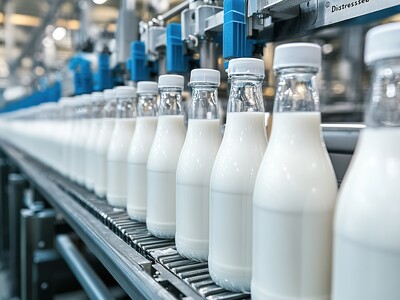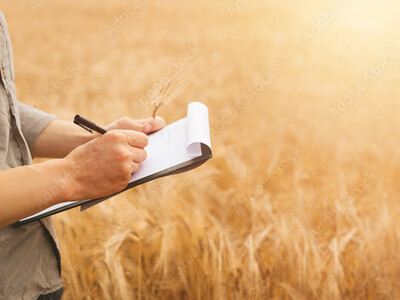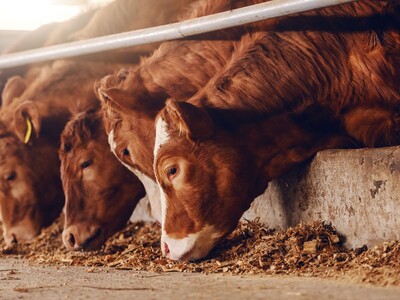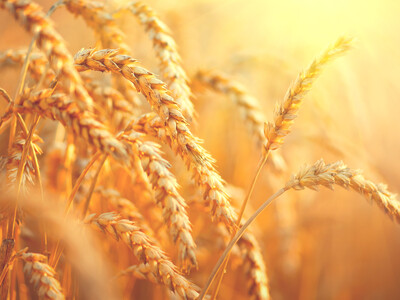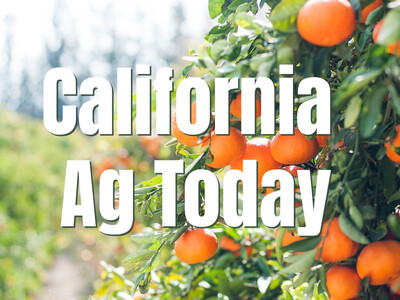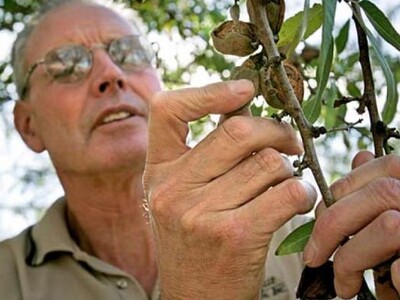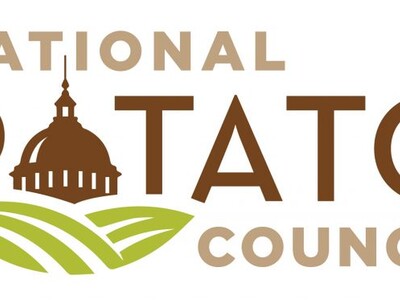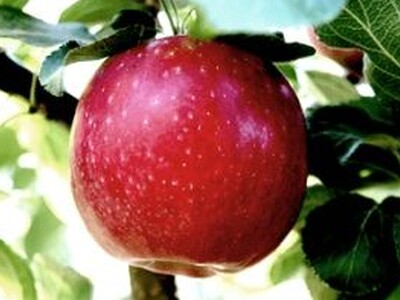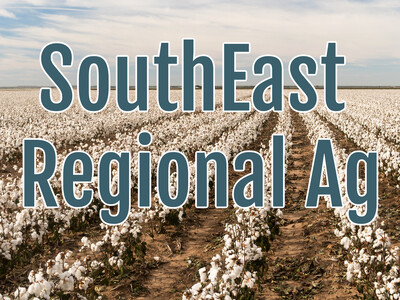Bad Wool
One of the most difficult things about farming is staying profitable, especially for larger families, according to Albert Wilde, a sixth-generation Utah rancher and father of seven boys. Along with 2,800 sheep, Wilde, his father and two brothers raise cattle and irrigated crops, primarily alfalfa, on land that’s been in the family since the 1860s.
Always looking for opportunities to diversify his business and reduce waste, Wilde a few years ago began considering how he could use the 5 percent or so of the wool that buyers weren’t interested in because the quality wasn’t considered good enough for the athletic gear and other products they were making with it.
Thinking the wool would help hold moisture in the soil and perhaps provide other benefits for plants, Wilde did a little experimenting and was pleased with the results.
“Wool holds 20 times its weight in water. By incorporating it into the soil, the soil can stay moist and plants don’t dry out as quickly,” Wilde said. Plus, “wool is high in nitrogen, so it makes great fertilizer.”





